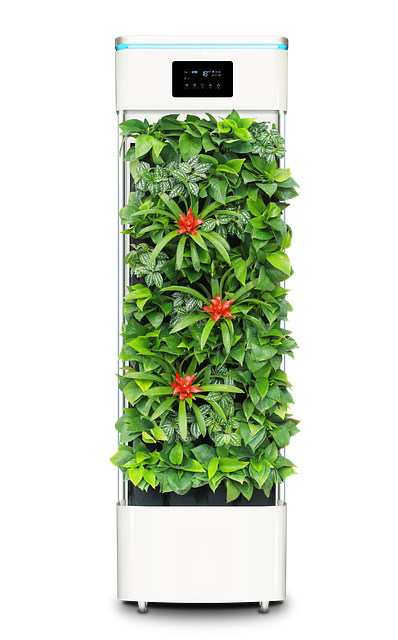Adding a purifier to my apartment helped cut my cat-allergy-induced sniffles and stuffiness, but no air purifier can do all the work alone. You’ll still need to regularly vacuum and disinfect, as well as keep the actual purifier clean and replace the filters as necessary.
“Unfortunately there is no silver bullet solution regarding indoor air quality,” Heaney says. “Air purifiers do not eliminate the cause of pollution, nor are they able to capture it all at once. They simply clean it little by little. They can mitigate risk, but as outdoor air and people enter a space, the risk of pathogens and pollution will still exist in your home.”
While high price doesn’t equal quality, good air purifiers are not cheap. We have a full air purifier guide with several different options and price points after several years of testing models in different cities and home sizes.
Coway makes our favorite for small and large rooms. The Airmega 200M ($230) is our favorite for spaces up to 361 square feet. It’s compact and nice-looking, plus it will kick on when its air-quality monitor detects higher pollution. The Airmega 400 ($500) is our favorite for rooms up to 1,560 square feet, where it cycles the air twice per hour. It’s intuitive to use, with touch controls and a nice color-coded air quality light ring.
If you have multiple issues to address and can spend $800, we love Dyson’s Pure Humidify + Cool (9/10, WIRED Recommends). As the name suggests, it purifies, humidifies, and cools the air (but read about humidifiers below first).
Do You Need a Dehumidifier?
Midea Smart Dehumidifier
Photograph: Amazon
According to the EPA, indoor humidity levels should be around 30 to 60 percent—this is where an air quality tester will help. When it gets higher than that, it can feel muggy and damp. Too much humidity inside can cause problems like mold and worsening allergies. Paint can peel and crack in high humidity too. Siegel says it’s much better to fix the moisture problem at its source, like targeting pipe leaks or basements with condensation issues. However we don’t all have the freedom to know what’s happening inside our walls, especially if we’re renting, and such problems are expensive to fix. In that case, a dehumidifier can help if used correctly and cleaned diligently.
“Dehumidifiers are fine in general,” Siegel says. “The challenge is that they’re energy-intensive and they don’t fix the root of the problem. They’re a stopgap. They have their role, but people shouldn’t use a dehumidifier and think ‘problem solved.’”
You probably don’t need to run a dehumidifier all year, and you want to be careful not to remove too much moisture in drier months. Depending on where you live, summer is typically when you’ll need to break it out. WIRED senior writer Scott Gilbertson recommends the Midea 35-Pint Smart Dehumidifier ($249). It has a clever, compact design that fits the actual dehumidifier into the water storage tank, so it takes up less space when you aren’t using it. Plus, it can be controlled using its accompanying smartphone app—useful for when you’re running it in a basement or garage. The pint number refers to the amount of moisture it can remove from the air per day. There are also 20-pint and 50-pint versions.
It’s important to empty humidifiers frequently and to keep them clean. A dirty humidifier will cause more harm than good. Dehumidifiers draw out moisture and if left to sit, as Siegel explains, they accumulate a biofilm that can release mold spores and potentially harmful microbial VOCs.
Read the included booklet for the best instructions, but generally you should give it a good rinse every time you dump the tank, which you should probably do every day. Thoroughly clean the entire machine once a month with a white vinegar solution. Keep tabs on the filter too, and replace it as necessary.
Are Humidifiers a Good Option?
Dyson Pure Himidify + Cool
Photograph: Dyson
It sounds a little crazy to want to add humidity to your home—when I think of humidity, I think of frizzy hair and a permanent sweat mustache—but indoor air can get too dry, especially during the winter months. When humidity levels drop in your house, your skin and hair can dry out. Your nose dries out as well, causing stuffiness and potentially even snoring. Last winter, WIRED wrote about how dry environments make it easier for Covid-19 to spread, and this has been proven true with standard influenza too. Your wood furniture can suffer from drying and cracking too, as can your houseplants.
Source: https://www.wired.com/story/when-to-use-air-purifier-dehumidiers-humidifiers/









